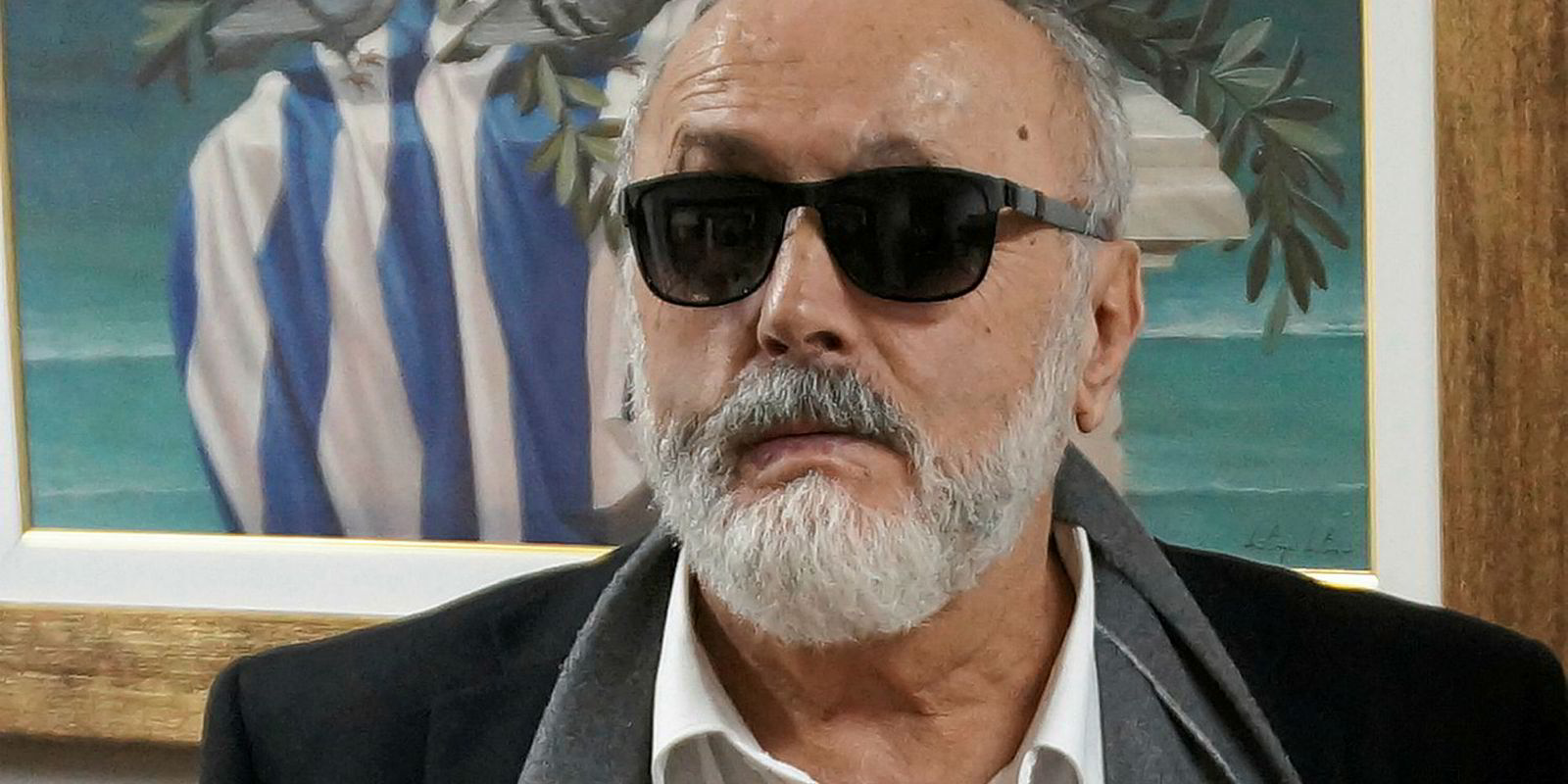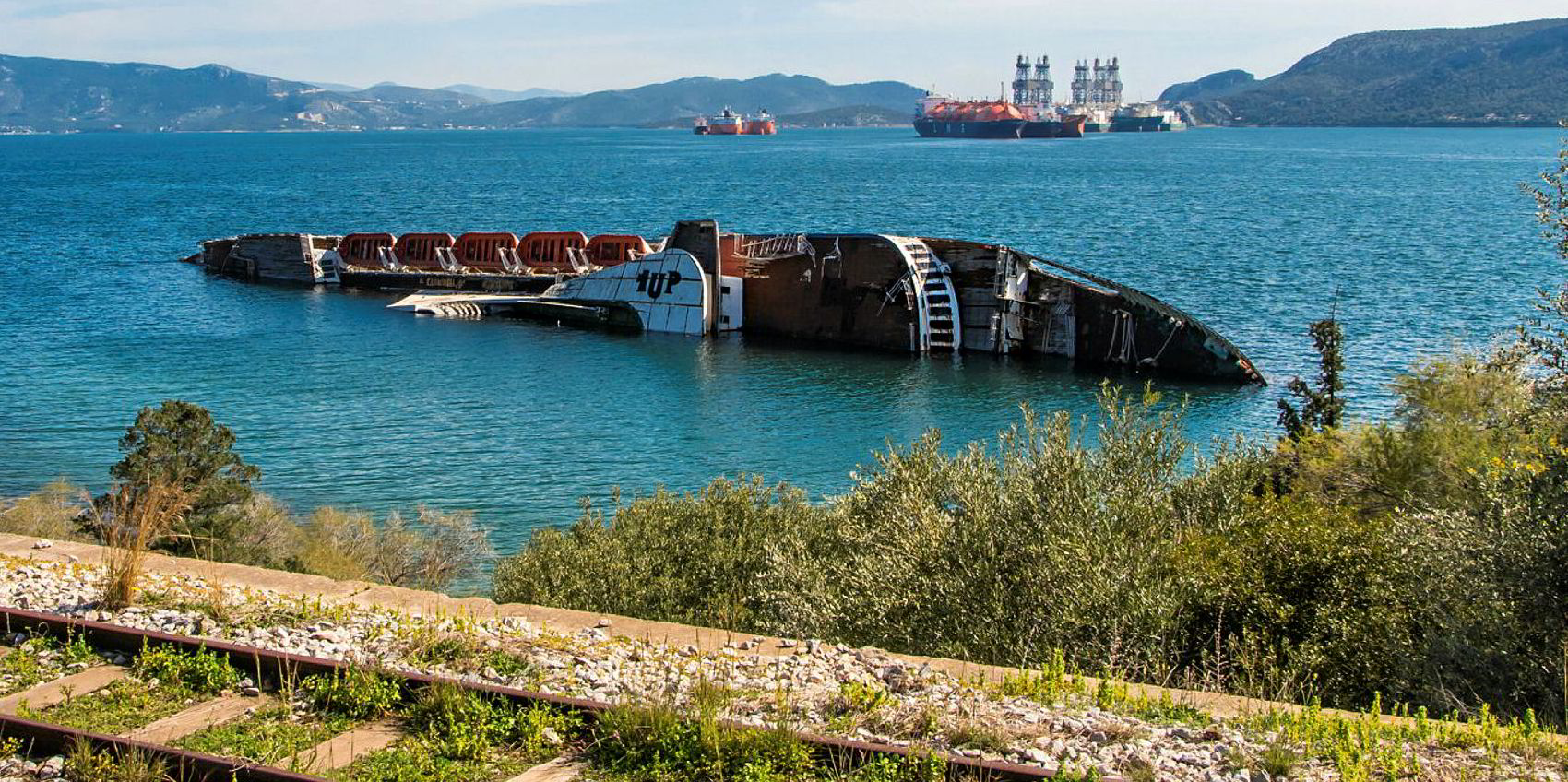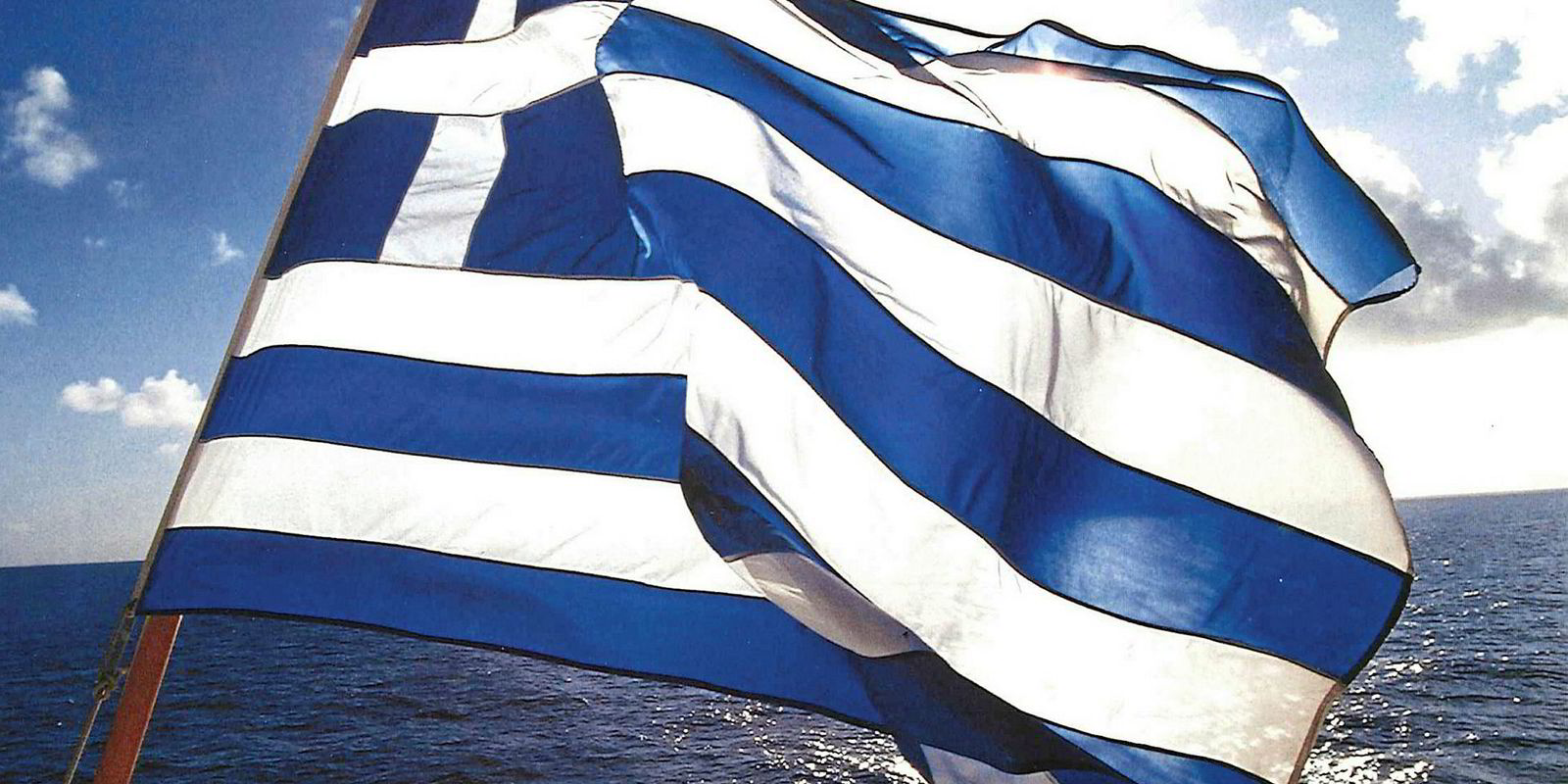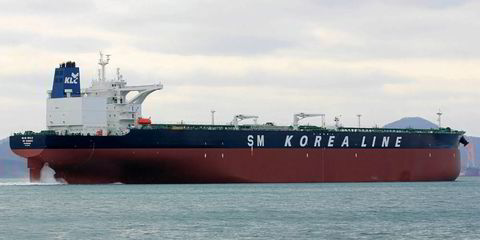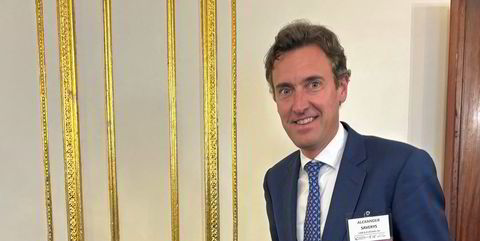The 22,000-gt cruiseship Sea Diamond (built 1986) remains the object of a protracted legal battle, more than 12 years after it sank off the Aegean island of Santorini.
In the latest in a string of administrative and court decisions relating to the vessel, Greece’s Public Ports Authority (PPA) issued a tender on 8 November asking companies interested in removing the ship to submit their bids on 9 December.
Such tenders have been issued before. Largely by the local port authority at Santorini, where the vessel went down in April 2007 after hitting one of the volcanic reefs that make the island one of the world’s top tourism destinations.
However, the tenders have not attracted any interest because the task was beyond the port authority’s budget.
Removal budget
Things might be different this time. The PPA has budgeted the Sea Diamond wreck removal at €50m ($55m), or €62m including value-added tax.
The PPA has been prodded into action by the courts. The Council of State, Greece’s supreme administrative court, ruled last month that central government authorities had failed in their duty to find out if the wreck continues to pose an environmental threat, or if its removal was technically and financially feasible.
In October 2017, Greece’s then shipping minister Panagiotis Kouroumplis issued an order to coastguards and local authorities to set in motion the wreck’s removal. However, the order was not followed up.
Footing the bill
Santorini residents, who appealed to the Council of State to spur the government into action, are relieved their campaign has started to yield fruit. However, they remain sceptical.
“The question remains, who will ultimately foot the bill,” campaign committee representative Lukas Lignos said.
In the tender, the PPA said the costs will be borne by the Sea Diamond’s owner.
The Greek state will not provide any bridge finance for the venture, a top government official told TradeWinds.
The official also clarified that the tender was issued on the PPA’s initiative alone, without prior consultation with superior officers at the shipping ministry.

The Sea Diamond’s former owners, Elona Maritime Co Ltd, also do not seem keen on paying for a removal.
Legal sources close to Elona said the company’s criminal and environmental obligations have already been exhausted.
They pointed to previous, separate Greek court rulings and administrative orders imposing monetary fines on the company and some of its employees.
The owners have already removed quantities of fuel from the wreck.
They are also funding a research institute to annually monitor the waters around it. Readings from samples taken so far show only negligible amounts of pollution from the ship.
However, local residents fear the Sea Diamond represents an environmental time bomb that is likely go off when the ship erodes about 100 metres below the sea, just a stone’s throw from Santorini’s almost vertical shore.
They cite an academic study by Crete Polytechnic that states the wreck still contains considerable quantities of petroleum products and heavy metals that could seep into the water.
Both the Council of State and the PPA have endorsed the study.
Hull condition
The hull’s condition being still pristine, the environmentally best option would be to lift the ship in one piece, the PPA said in the tender.
However, even the tender’s proponents recognise there is a fair chance that no bidders will come forward on 9 December.
The time span to put a bid together is too short and there are no technical studies to inform potential bidders.
Salvors have always been sceptical about the venture. Knowledgeable sources told TradeWinds that the operation could cost hundreds of millions of US dollars and its environmental risks could outweigh the potential benefits.
The Sea Diamond was operated by Louis Cruise Lines when it sank. Two French passengers were killed. In 2014, the ship's captain was handed a five-year jail sentence, which he could buy out for €5 per day, or €9,125 in total.
The head of onshore operations was given a three-year suspended term and the first mate a 26-month suspended sentence.
Louis Cruise told TradeWinds at the time that all company officials were cleared of charges relating to the accident itself, adding that the onshore chief's sentence related to what the court described as delays in the environmental handling of its effects.

